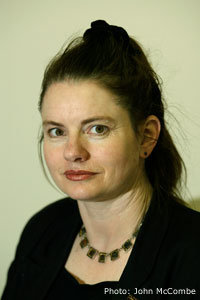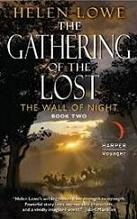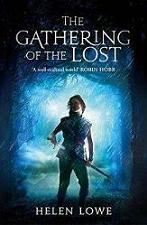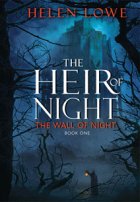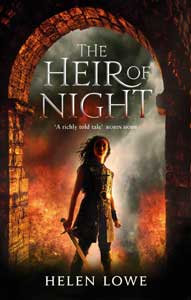Celebrating Openings #3: “A Tale Of Two Cities” by Charles Dickens
As promised in post #1, this series is going to look at some of my personal favourites among book openings, starting with the classics. The word classic and Charles Dickens are, of course, synonymous, but when it comes to openings he definitely has some chops.
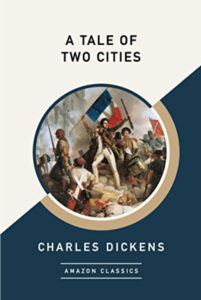
“It was the best of times, it was the worst of times, it was the age of wisdom, it was the age of foolishness, it was the epoch of belief, it was the epoch of incredulity, it was the season of light, it was the season of darkness, it was the spring of hope, it was the winter of despair, we had everything before us, we had nothing before us, we were all going direct to Heaven, we were all going direct the other way—“
I believe it mostly speaks for itself, but if you’re wondering what in particular speaks to me as a reader, look to the rhythm of the text, and the rolling flow of the words.
I also draw your attention to the use of repetition in creating that rhythm, which also creates a sense of breathlessness and buildup, anticipating the events to come in the book (the French Revolution) — and how Dickens reinforces the rhythm by breaking it, The passage has given us twinned times, ages, epochs, and seasons, before we come to the double opposites of “the spring of hope” and “winter of despair.”
The repetition is briefly resumed again, but has more power because of the prior break — before the emdash signals a more complete shift in focus. The resumption is not precisely the same, however, because the author now abandons the more distancing “it”, for “we”, cleverly reinforcing that this story is a journey the narrator and reader are embarking upon together.
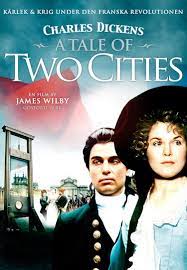
1980 film version
The emdash also introduces the narrator’s voice, which is a literary mode we eschew now, but was near-universal in Dickens’ time.
So there you are, rather a lot going on in a few short lines. The most important thing about it though, is to enjoy — and if so inclined, find a copy of A Tale Of Two Cities and read on.

